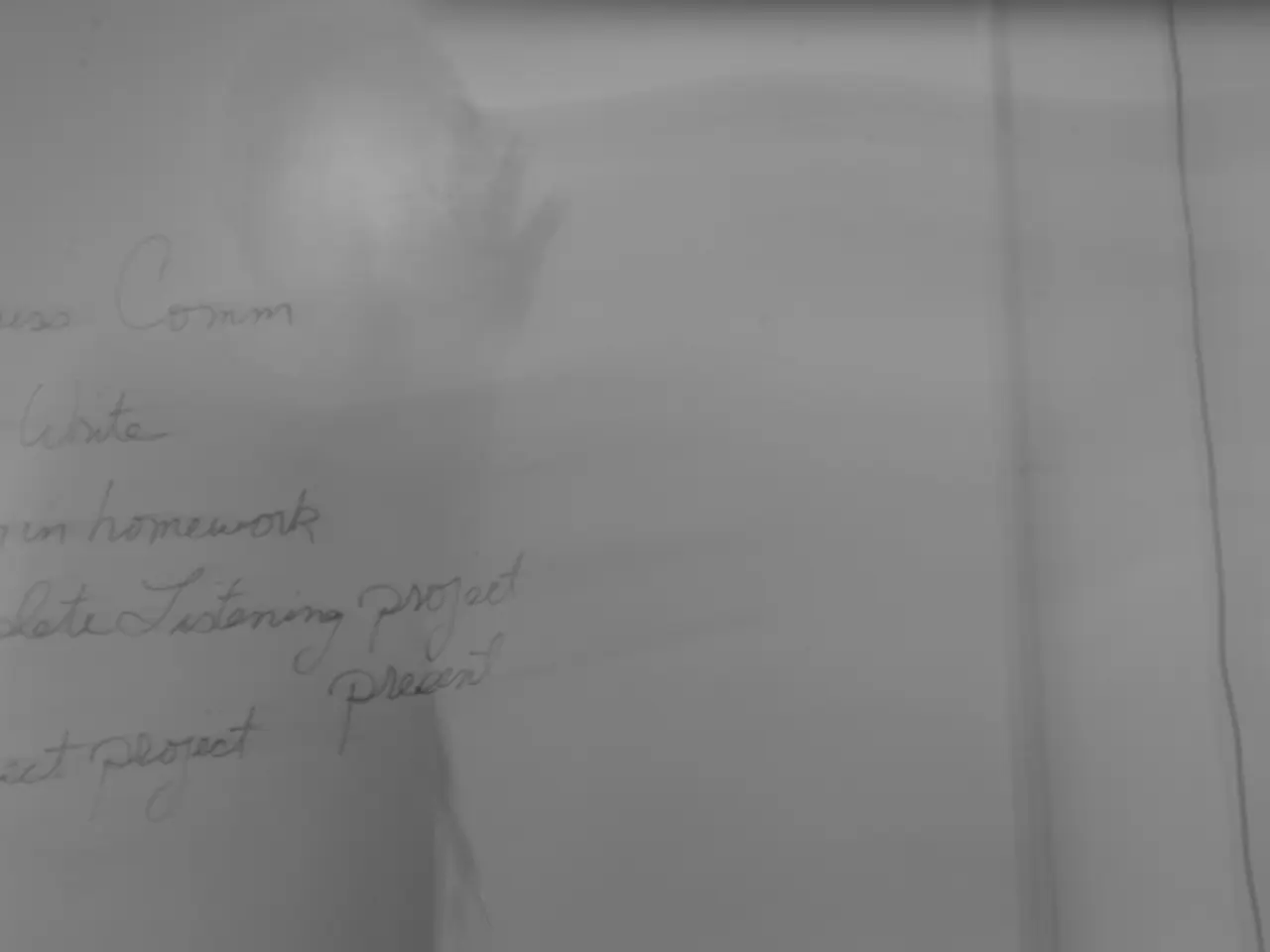Corporate Intellectual Properties Combat: Strategies Used by Firms to Acquire Ideas Without Facing Legal Consequences
In the fast-paced world of technology, understanding the strategies at play is crucial for both consumers and companies. As the lines between inspiration, imitation, and theft continue to blur, tech giants tread a fine line to stay competitive without crossing legal boundaries.
One such strategy is patent flooding, an intentional move to amass a vast portfolio of patents. This tactic serves as a defense mechanism in case of future lawsuits and can intimidate competitors. However, it can also lead to a patent thicket, where competitors are forced to navigate a maze of legal obstacles to avoid infringement.
Tech companies employ several legal mechanisms to borrow ideas without infringing intellectual property (IP) rights. One such method is innovation within legal boundaries, where companies develop improvements or alternative implementations that do not copy patented claims or copyrighted expressions. The law protects specific expressions or patented inventions, not general ideas, so innovation that builds upon existing ideas but creates something distinct is lawful.
Licensing and cross-licensing are also common practices. If a company wants to use protected technology, it can negotiate licenses with the IP owner, paying fees or exchanging licenses. Clean room design, a technique where one team studies competitors’ products and creates detailed functional specifications, and a separate team implements a compatible but independently created product, helps avoid infringement of trade secrets or copyrighted code.
Companies also rely on ideas or technologies that are no longer protected by IP rights, like expired patents, public domain content, or open-source or otherwise licensed components. In some cases, limited use of copyrighted material for purposes such as commentary, criticism, or research may be permitted under fair use doctrines, but commercial copying generally requires permission.
To avoid trade secret misappropriation, companies ensure they do not acquire competitors’ trade secrets improperly through theft, breach of confidentiality, or industrial espionage.
Open-source software plays a significant role in idea sharing within the tech industry. It allows companies to share and build upon one another's code without legal repercussions, as it is released under licenses that permit modification, distribution, and use. However, the line between true collaboration and taking unfair advantage of open-source projects can be blurred, with some companies contributing little while reaping the rewards of others' efforts.
Data-driven product development can lead to situations where companies appear to be simply copying what others are doing, but the difference lies in the ability to refine and tweak those ideas in a way that makes them appear new and unique. Reverse engineering, a legal practice used by tech companies to study competitors' products, helping them create similar or improved versions, should avoid direct replication of protected elements, like code or proprietary algorithms, to avoid legal battles.
Acquisitions allow large corporations to "steal" ideas from smaller companies, gaining exclusive rights to their technology through the transfer of intellectual property rights. The rapid evolution of the tech industry creates challenges in navigating the fine line between inspiration and infringement of intellectual property.
Intellectual Property (IP) is essential for tech companies' competitive advantage, consisting of patents, copyrights, trade secrets, and trademarks. The legal protection provided by open-source licenses ensures developers can share their work without worrying about someone else taking it without permission. The tech industry's rapid evolution creates a need for tech companies to learn from the collective knowledge of the tech community through open-source projects and use those insights to improve their products.
In the end, the tech industry's strategies for navigating the fine line between inspiration and infringement of intellectual property are complex and ever-evolving. Companies often engage legal and technical experts to navigate these considerations and use legal agreements, documentation, and compliance to prevent infringement.
- Technology companies often employ innovation within legal boundaries, developing improvements or alternative implementations that are distinct from patented claims or copyrighted expressions to avoid infringing intellectual property rights.
- To secure exclusive rights to a competitor's technology, large corporations might resort to acquisitions, a strategy that transfers intellectual property rights from smaller companies.
- In the competitive tech industry, understanding the complex strategies that navigates the fine line between inspiration and infringement of intellectual property is crucial, often requiring legal and technical experts.
- The tech industry's reliance on open-source projects for idea sharing allows developers to share their work without worrying about unauthorized use, as licenses in place protect against such misuse.




